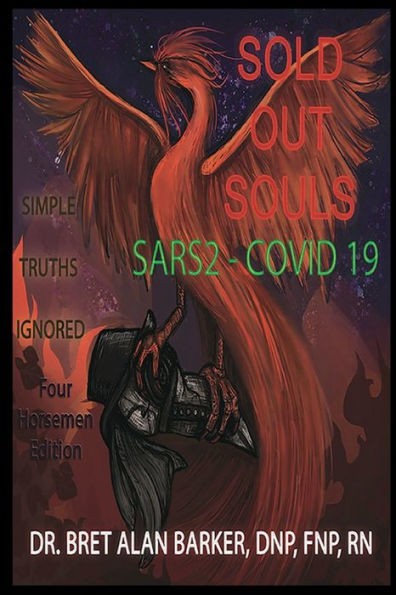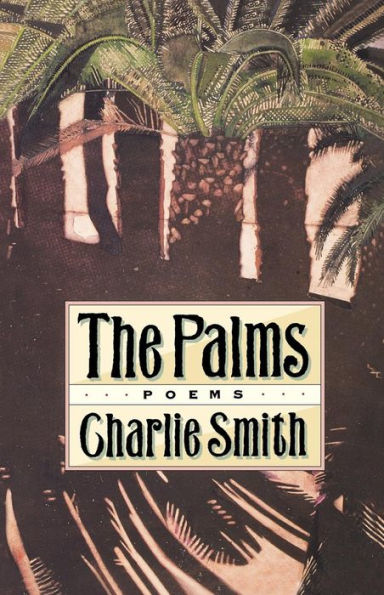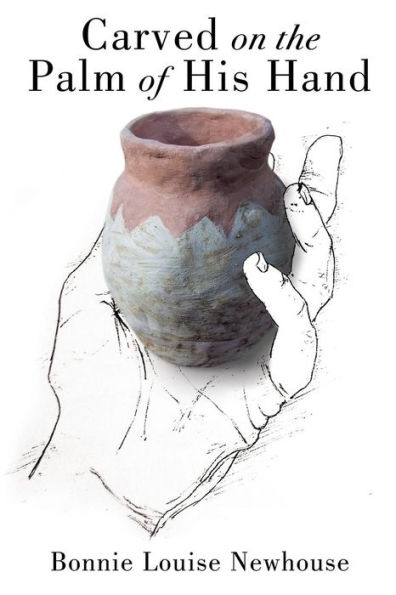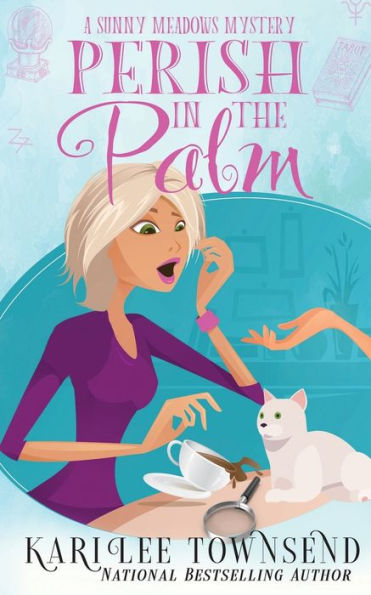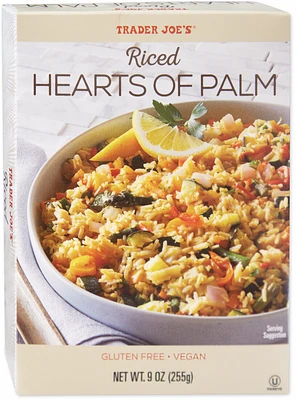Home
Palm of Soul
Barnes and Noble
Palm of Soul
Current price: $15.99
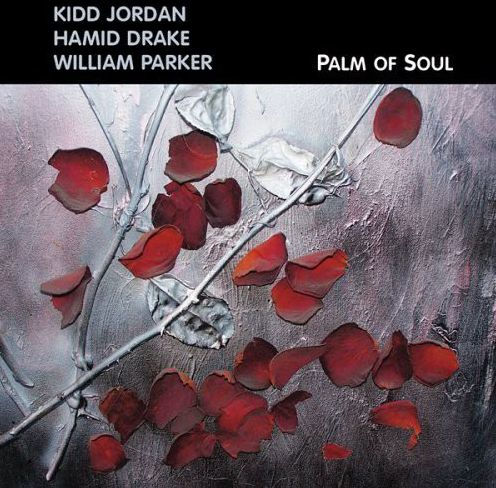

Barnes and Noble
Palm of Soul
Current price: $15.99
Size: OS
Loading Inventory...
*Product information may vary - to confirm product availability, pricing, shipping and return information please contact Barnes and Noble
It's all there at the very beginning, thanks to
Kidd Jordan
, New Orleans' septuagenarian saxophonist, teacher, and leader; drummer
Hamid Drake
, who, despite leaving the Crescent City decades ago, still understands second-line rhythms; and
William Parker
, bassist extraordinaire, who plays a startling array of singing bowls, gongs, and even the talking drum on this session. In the 56 seconds that are
"Peppermint Falls,"
the album's opener, all the elements are there, up front, and waiting to peel the layers off the onion of sound.
Jordan
swings in everything he does, whether it's the lonesome
blues
singing at the commencement of
"Forever"
or the startling intensity of
"Unity Call."
It's about song and sound, the notion of singing through the horn, expressing what the Indian, North African, and Congo shamans have been singing about for centuries. Certainly this is
jazz
; it lives in a post-
Coltrane
aesthetic -- the one of discovery, not imitation. The bowed bass beginnings of
"Living Peace"
suggest, from the relative calm and quiet of the first two tracks, that the edges will become a noticeable present tense in this music. But there are no edges, despite the moan-song of the horn, the bowing and the skeletal inverted notion of time that
Drake
stretches to its breaking point. What breaks are the defined notions of the pianoless
trio. This is a triangle where texture, balance, and color become the points at which sound itself can be expressed without distraction or notional individual identity struggles. This is music that just is, as
, as
folk
music. The culmination of the trio's art is in the album's final cut,
"Last of the Chicken Wings."
Never has out
sounded so recreational. The percussion work by both sidemen is stunning, carrying a series of Yoruba rhythmic inventions into the joy of the moment. When
gets into his
Ornette
thang, playing the same catchy phrase over and over again as the percussion gets louder and more insistent, it's an expression of joy. And that's what
Palm of Soul
is, an expression of spirit joy, one that is rooted in the breakdown of time as a construct, and
as an independent form. In fact, if this trio proves anything on this date, it is that
is the music that carries within it -- or at least can and should -- all the musics of the world. Brilliant. ~ Thom Jurek
Kidd Jordan
, New Orleans' septuagenarian saxophonist, teacher, and leader; drummer
Hamid Drake
, who, despite leaving the Crescent City decades ago, still understands second-line rhythms; and
William Parker
, bassist extraordinaire, who plays a startling array of singing bowls, gongs, and even the talking drum on this session. In the 56 seconds that are
"Peppermint Falls,"
the album's opener, all the elements are there, up front, and waiting to peel the layers off the onion of sound.
Jordan
swings in everything he does, whether it's the lonesome
blues
singing at the commencement of
"Forever"
or the startling intensity of
"Unity Call."
It's about song and sound, the notion of singing through the horn, expressing what the Indian, North African, and Congo shamans have been singing about for centuries. Certainly this is
jazz
; it lives in a post-
Coltrane
aesthetic -- the one of discovery, not imitation. The bowed bass beginnings of
"Living Peace"
suggest, from the relative calm and quiet of the first two tracks, that the edges will become a noticeable present tense in this music. But there are no edges, despite the moan-song of the horn, the bowing and the skeletal inverted notion of time that
Drake
stretches to its breaking point. What breaks are the defined notions of the pianoless
trio. This is a triangle where texture, balance, and color become the points at which sound itself can be expressed without distraction or notional individual identity struggles. This is music that just is, as
, as
folk
music. The culmination of the trio's art is in the album's final cut,
"Last of the Chicken Wings."
Never has out
sounded so recreational. The percussion work by both sidemen is stunning, carrying a series of Yoruba rhythmic inventions into the joy of the moment. When
gets into his
Ornette
thang, playing the same catchy phrase over and over again as the percussion gets louder and more insistent, it's an expression of joy. And that's what
Palm of Soul
is, an expression of spirit joy, one that is rooted in the breakdown of time as a construct, and
as an independent form. In fact, if this trio proves anything on this date, it is that
is the music that carries within it -- or at least can and should -- all the musics of the world. Brilliant. ~ Thom Jurek

